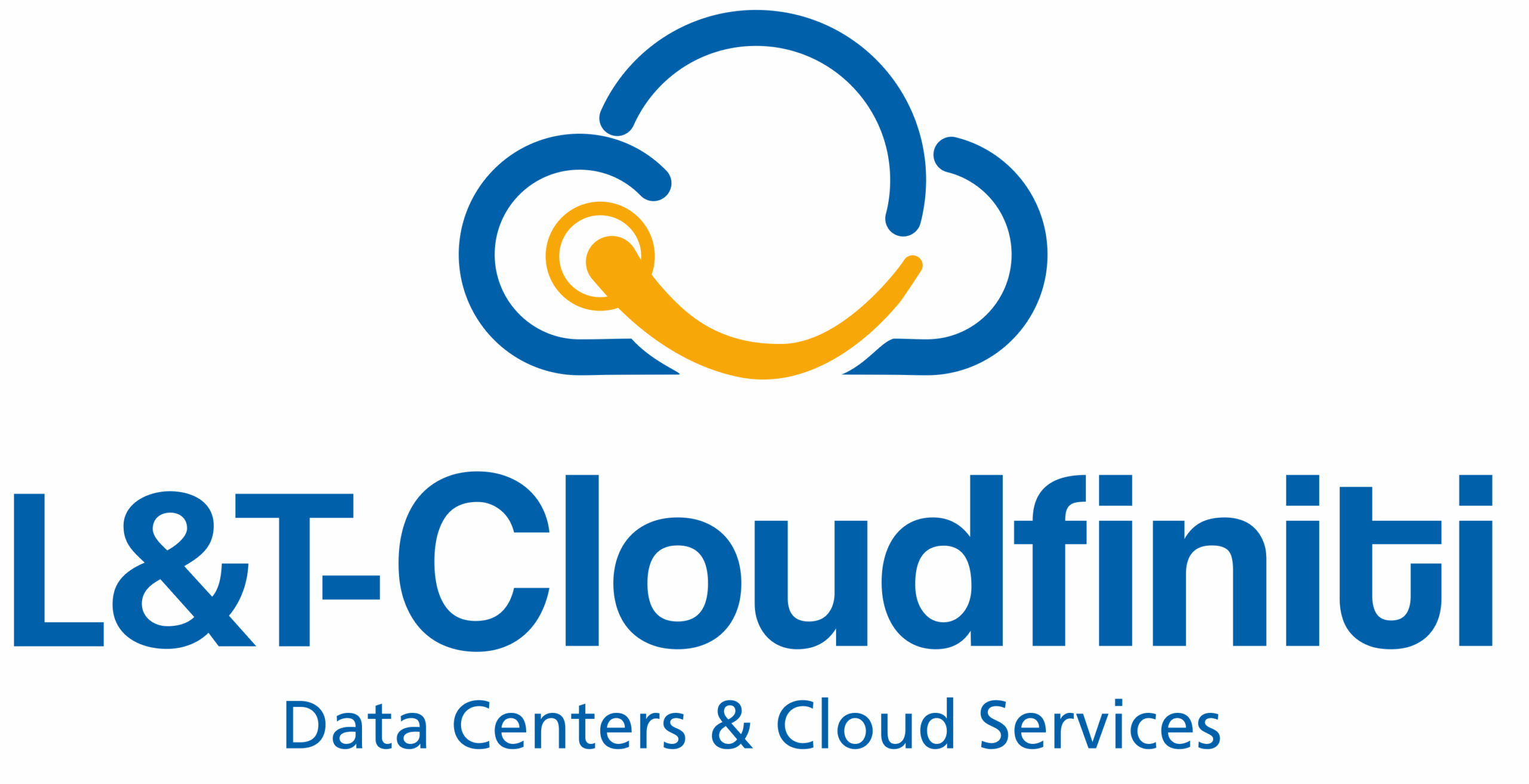Hybrid is the way
Hybrid is the way
Posted on 2023-05-10
In the last decade, the world of computing has completely changed. With public cloud, customers are reimagining their IT landscape. If we roll back the years where a customer is looking to purchase new hardware – he has to prepare projections for the next 3 – 5 years. This used to block majority of their capex and most times, this hardware would not even be used to their capacity and would be lying idle. Once, the majority of your budget has been invested in one go, there is hardly anything left to spend on transformational projects. Over the last few years, enterprises have started adopting the cloud and have begun to see the benefits.
Cloud has unlocked great potential for enterprises and this varies from customer to customer. Some have completely abandoned the physical hardware strategy and completely migrated their setup to the cloud, while others are using it as their disaster recovery site, and there are still some customers who have either not at all started this journey or have only taken baby steps towards it.
By default, cloud will not save you money as it was commonly perceived. As of today, many enterprises have experienced this first hand where instead of saving money they have ended up paying much more. Cloud is not cheap and hence the migration of workload to cloud without proper understanding of the architecture will never result in savings.
“Cloud Computing is a consumption model wherein you pay for what you use, hence you do not need to provision everything like you would normally do on-prem in one go but scale your setup step by step. As of today, it is already an operating model for many organizations.”
Moving to cloud is not an easy exercise, business justification and proper due diligence of your existing setup are needed. When you start your cloud journey, workload placement is very crucial for your cloud strategy to be successful. This should be evaluated as part of your cloud strategy. Today there are multiple options for cloud like AWS, GCP, AZURE, Oracle and other regional CSPs – one must perform extensive analysis against all the options to select the right cloud or clouds. Depending on your landscape, you may need to choose a hybrid strategy wherein some of our workloads are still running in your own DC and rest of the workloads are running out of more than one cloud.
Hybrid strategy can be defined as an enterprise running its workload from their DC (on-prem or colocated) and from one or more public cloud. It enables them to leverage the benefits of both the models, allowing them to run their workloads in the most efficient way possible.
Many enterprises today are looking to operate in hybrid mode as they still need to keep some of their applications in their data centers due to compliance or regulation or legacy apps. However, new applications are being deployed on public cloud to reduce the administrative overhead of managing the infrastructure and to benefit from the scale and elasticity of cloud platforms. When you design solutions on public cloud, you need to be very careful, as you even need to pay for the data that moves out of the cloud. So while planning your cloud strategy, you need to ensure that those applications that communicate with each other or huge data transfers that happen between them are hosted on the same cloud, or you may end up paying egress charges as well. Your workload will also influence the cloud that you choose, you may have to adopt a multi-cloud strategy because you save significant license costs incurred when running a particular workload on a particular cloud platform.
One of the main reasons why hybrid cloud is gaining so much traction over the past couple of years is containers. Today, there is term coined ‘cloud-native applications’. Developers have been using containers for some time now, but with Kubernetes, their orchestration has become very simple, and this had led to widespread deployment of applications on containers. You can define a container as a run time, which contains the necessary binaries which are required to run your applications. Developing an application with a microservices architecture would make it cloud-agnostic and enable it to move across public and private cloud without making any change to the code.
Another major factor which is contributing to hybrid cloud strategy is data. Enterprises today are generating huge amount of data, which, in turn, requires considerable storage space. And when you have huge data at your disposal you want to make meaningful deduction out of it. But here is the thing, neither storing such large amount of data is cheap nor processing that data, at least not in your own or co-located data center. You would spend years developing models and training data models which as of today are readily available in almost all the clouds. The availability of cheap storage and advanced data analytics solutions has already made cloud their de facto platform for such data-heavy applications. These platforms run advanced AI/ML model which requires high CPU and GPU-intensive machines, which are very costly and may not make financial sense for business if they are to create their own dedicated setup. At least the way I see it, public cloud platforms are better equipped to handle Big data.
Adoption of hybrid strategy may seem simple, but let’s be honest, it’s not that easy. It requires change from the very top because it is a very different way of working, it is basically a new operating model in itself and would require changes in terms of people, process and technology. What kind of architecture you would have in place and what security controls will be deployed? How will you manage the observability and visibility of your landscape across hybrid setup? How do you bring it in a single pane of view?
To know more on L&T’s Hybrid Cloud Management, please Click Here



